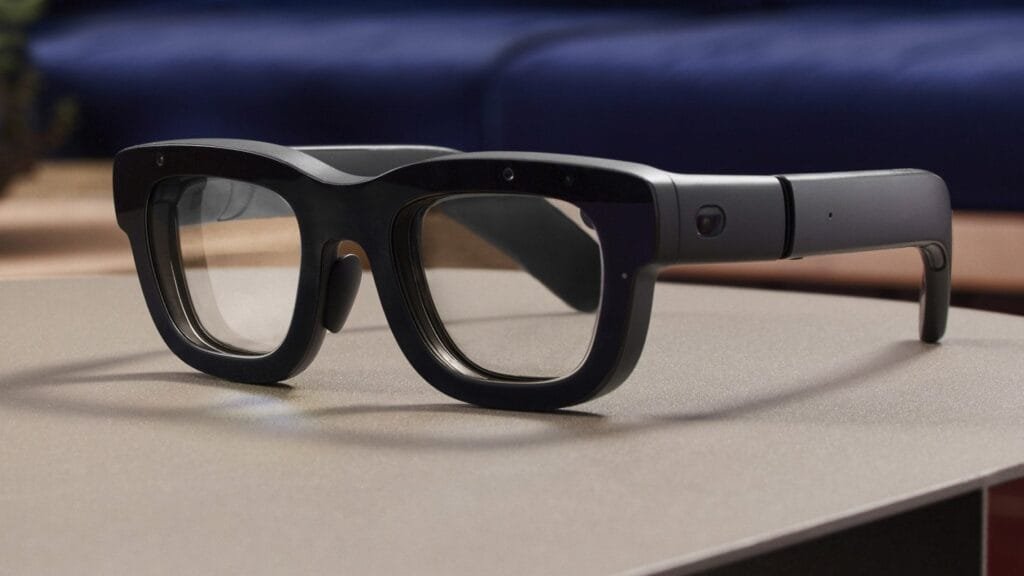On stage at Join yesterday, Meta unveiled Orion, an AR glasses prototype that, whereas impressively slim, isn’t making its method out of the Meta workplaces anytime quickly. Nonetheless, Meta CTO and Actuality Labs chief Andrew Bosworth says an AR system primarily based on Orion is coming this decade, and can possible shoot for a value level someplace north of a smartphone.
In an Instagram Q&A, Bosworth calls Orion an “inside developer package,” which the corporate is utilizing to refine software program, but additionally a place to begin on methods to bundle the system right into a extra consumer-friendly finances.
Notably, Meta doesn’t appear to be pitching Orion for enterprise, like Microsoft did with HoloLens, however relatively concentrating on it squarely at customers. That’s going to take “some years, not many years,” Bosworth says.
“They’re not going to be low cost. They in all probability received’t get in at like, a Quest 3S value level [$300], and even essentially a Quest 3 [$500] value level. However we actually have a objective of constructing them reasonably priced and accessible at the least within the house of cellphone, laptop computer territory.”
That’s a reasonably big selection of costs. Contemplating nonetheless that succesful mid-range smartphones may be had for in regards to the value of Quest 3, it’s extra possible Bosworth is flagships as they’re priced right now, which hover round $1,000—lets hope he isn’t speaking about foldables. Nonetheless, a spec-ed out 13-inch M3 MacBook Air prices $1,500, which looks as if an inexpensive higher vary to financial institution on.
When requested whether or not there can be a client model of Orion by 2030, Bosworth highlights “it received’t be Orion, as a result of Orion is that this specific prototype, however yeah.”
As seen above, the core of headset’s computing energy is off-loaded to a pocketable compute unit pocket, which wirelessly transmits to the glasses—no tether wanted. It additionally packs a neural interface due to built-in eye-tracking and a wrist-worn electromyography (EMG) band used for hand-tracking.
Moreover. Bosworth reveals Orion doesn’t run the corporate’s Android-based XR working system, Horizon OS, noting a couple of key variations between Quest and Orion which requires its AR glasses to have its personal OS.
“So we attempt to make investments as a lot as we will in shared know-how stacks so issues like hand-tracking, eye-tracking, codec avatars, shared between each the Quest system and Orion on the identical time,” Bosworth says. “We would like every system to be the perfect model of itself and never too anchored by shared know-how that would restrict it. And so, quite a lot of issues that you just wish to do in augmented actuality are simply completely different. Your interplay design is completely different, you’re not going to have controllers. Ever. You’re gonna have this neural interface.”
Persevering with: “I believe the interface and the interplay design goes to be so completely different for AR, and the use instances are going to be fairly completely different that it’s acquired its personal OS.”
You possibly can be taught extra about Orion, together with its class-leasing area of view, in yesterday’s massive information drop.
